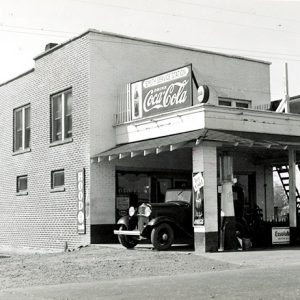 V. R. Smith Filling Station
V. R. Smith Filling Station
Entry Type: Place - Starting with V
 V. R. Smith Filling Station
V. R. Smith Filling Station
Vaden (Clark County)
 Valentine Diner
Valentine Diner
Valley Springs (Boone County)
Van Buren (Crawford County)
Van Buren County
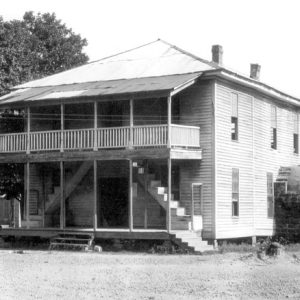 Van Buren County Courthouse
Van Buren County Courthouse
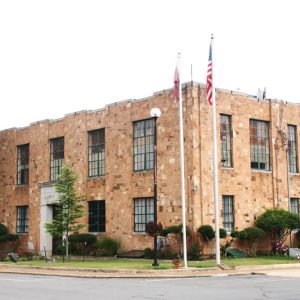 Van Buren County Courthouse
Van Buren County Courthouse
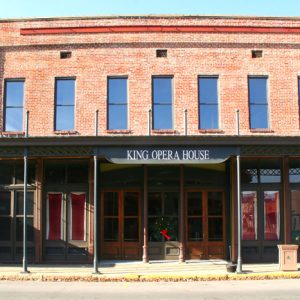 Van Buren Opera House
Van Buren Opera House
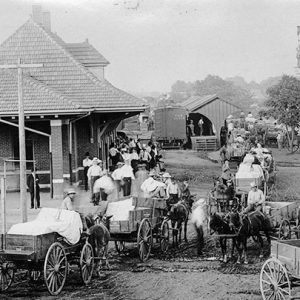 Van Buren Peach Harvesters
Van Buren Peach Harvesters
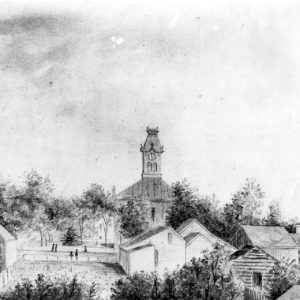 Van Buren Sketch by William Minor Quesenbury
Van Buren Sketch by William Minor Quesenbury
 Van Buren Street Scene
Van Buren Street Scene
 Van Buren Street Scene
Van Buren Street Scene
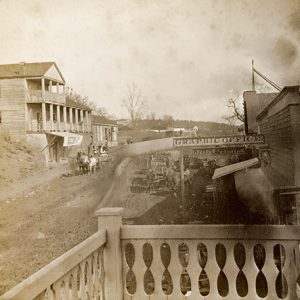 Van Buren Street Scene
Van Buren Street Scene
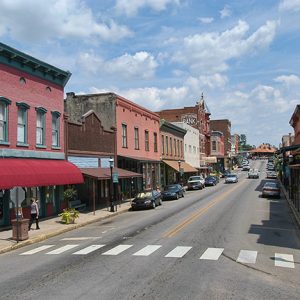 Van Buren Street Scene
Van Buren Street Scene
Vandervoort (Polk County)
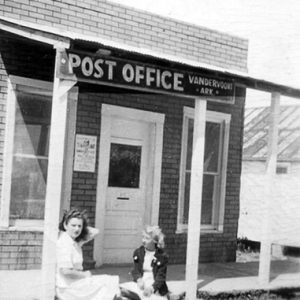 Vandervoort Post Office
Vandervoort Post Office
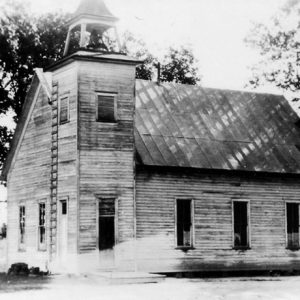 Vandervoort Methodist Church
Vandervoort Methodist Church
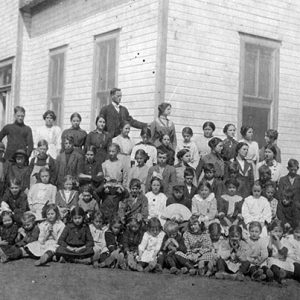 Vandervoort School
Vandervoort School
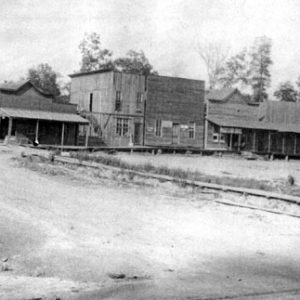 Vandervoort Street Scene
Vandervoort Street Scene
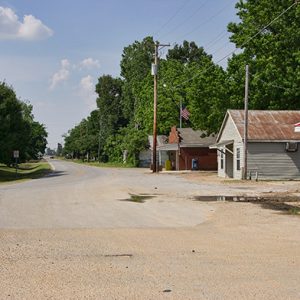 Vanndale
Vanndale
Vapors
 Vapors, Former Location
Vapors, Former Location
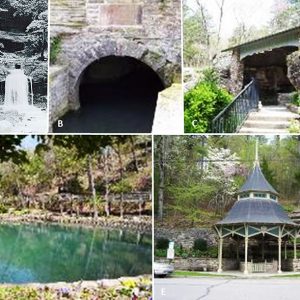 Various Springs
Various Springs
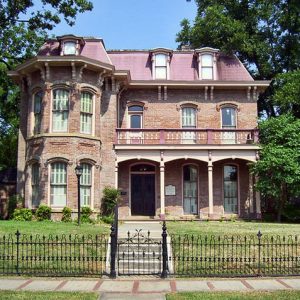 Vaughn-Schaap House
Vaughn-Schaap House
 Velvatex College of Beauty Culture
Velvatex College of Beauty Culture
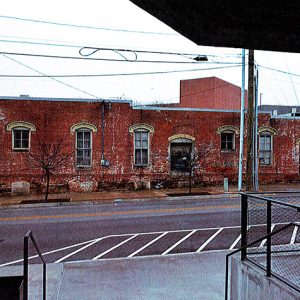 Vernon & Moore-McIlroy Produce Warehouse
Vernon & Moore-McIlroy Produce Warehouse
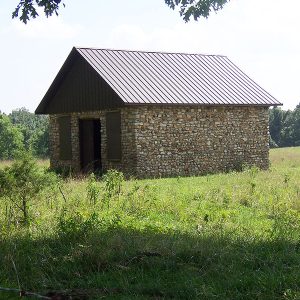 Verona Post Office
Verona Post Office
 Vertac Site
Vertac Site
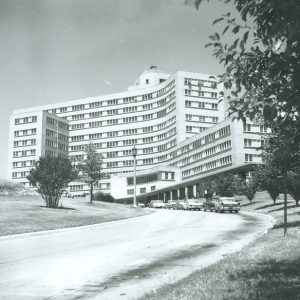 Veterans Hospital
Veterans Hospital
Victoria (Mississippi County)
 View of Four Seasons Garden Sculpture
View of Four Seasons Garden Sculpture
Villa Marre
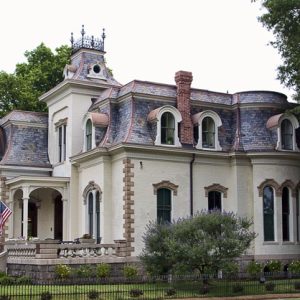 Villa Marre
Villa Marre
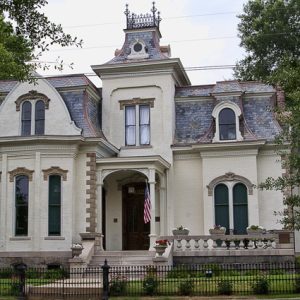 Villa Marre
Villa Marre
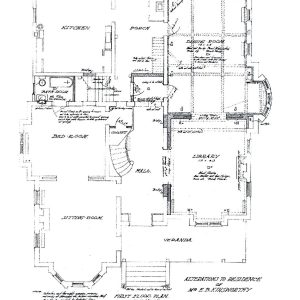 Villa Marre First Floor
Villa Marre First Floor
 Villa Marre Second Floor
Villa Marre Second Floor
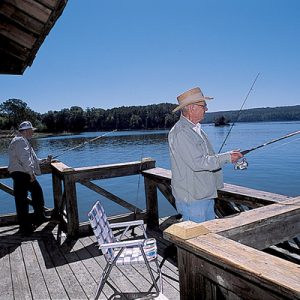 Village Creek State Park
Village Creek State Park
 Village Creek State Park: Park Location
Village Creek State Park: Park Location
Village Creek State Park
Villemont (Chicot County)
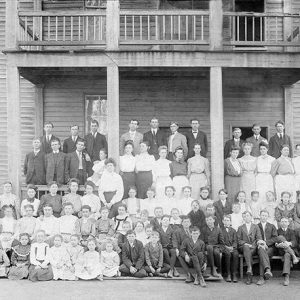 Vilonia School
Vilonia School
 Vilonia Tornado Damage, 2014
Vilonia Tornado Damage, 2014
 Vilonia Tornado Damage, 2014
Vilonia Tornado Damage, 2014
Vilonia (Faulkner County)
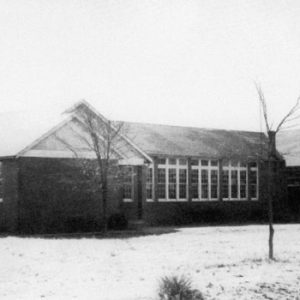 Vilonia High School
Vilonia High School
Vimy Ridge (Saline County)
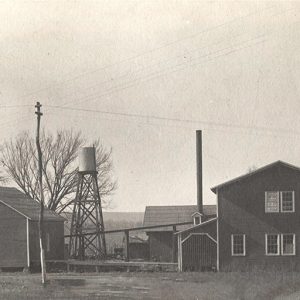 Vinegar Factory
Vinegar Factory
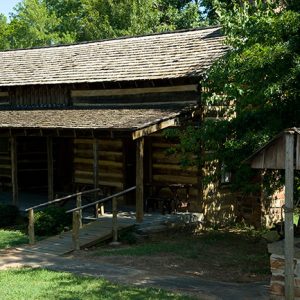 Vineyard Cabin
Vineyard Cabin
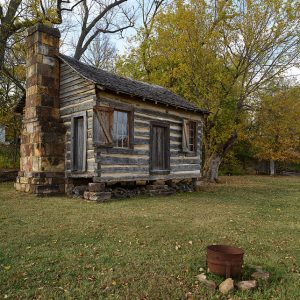 Vintage Cabin
Vintage Cabin




